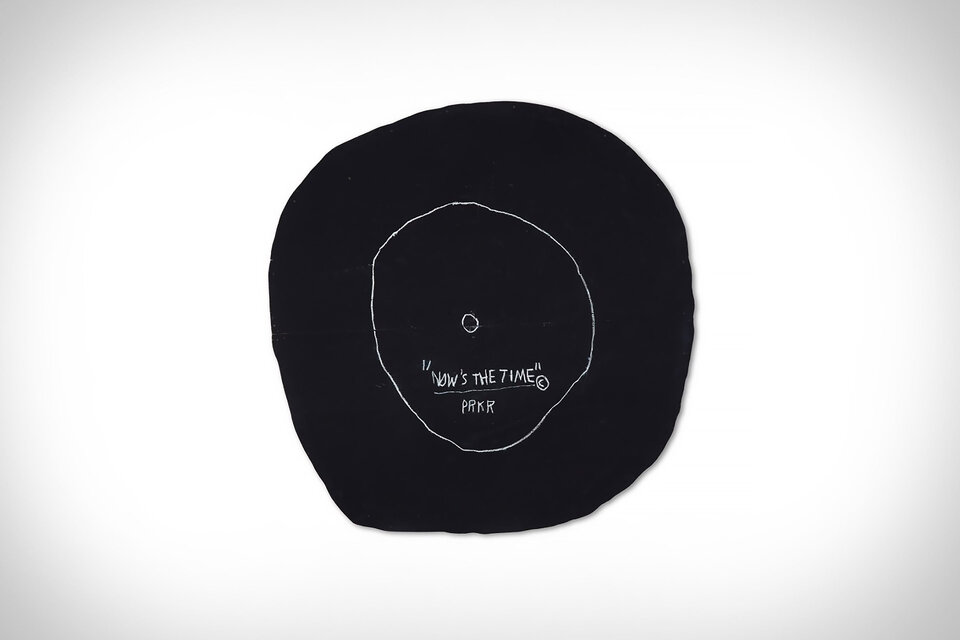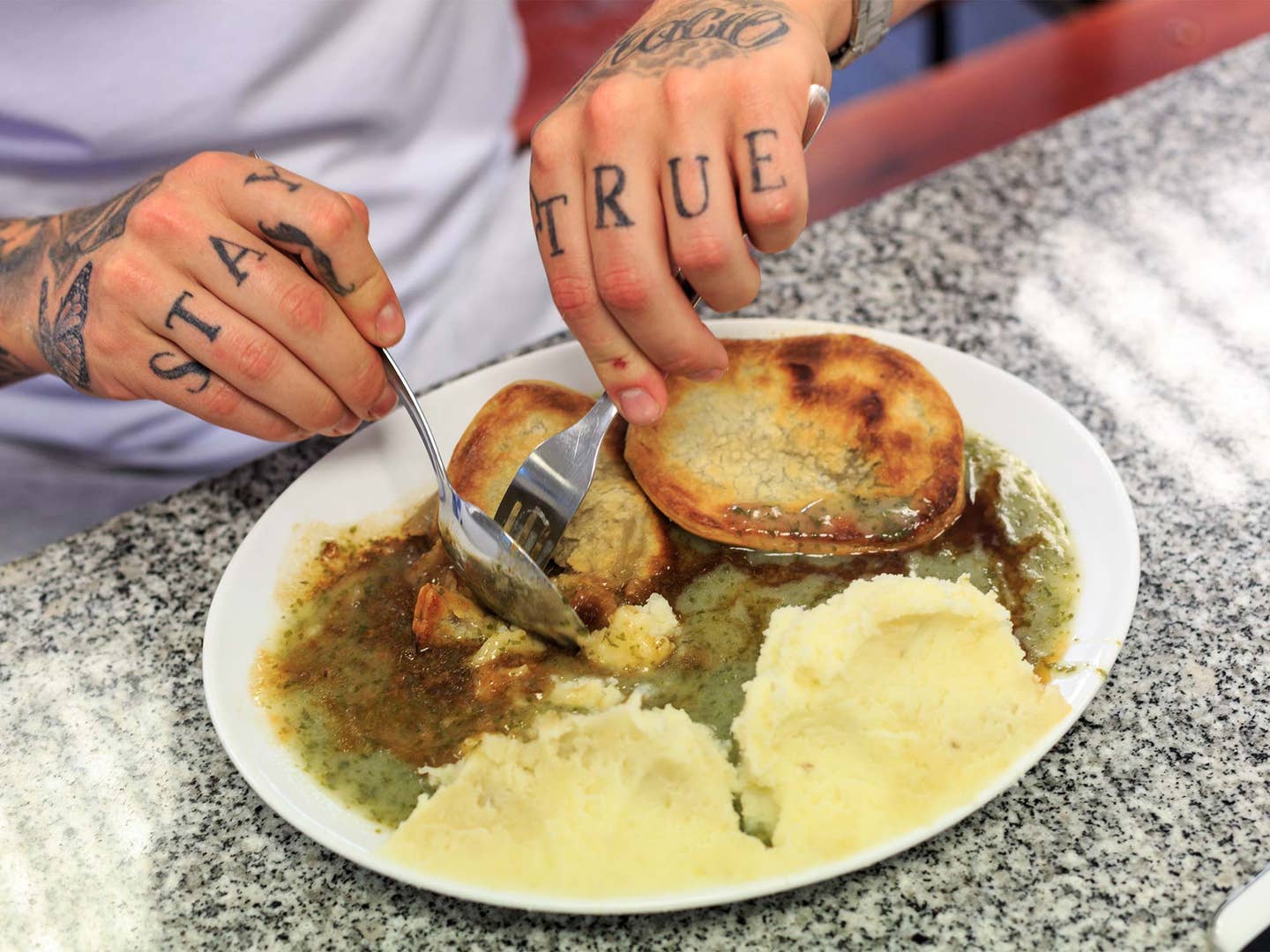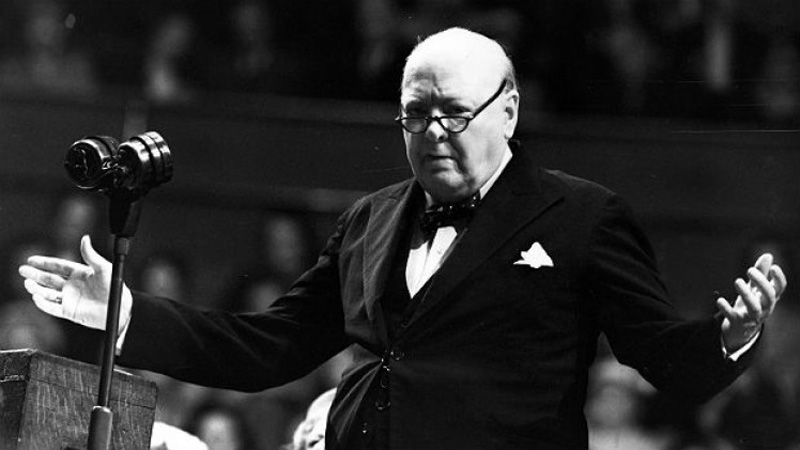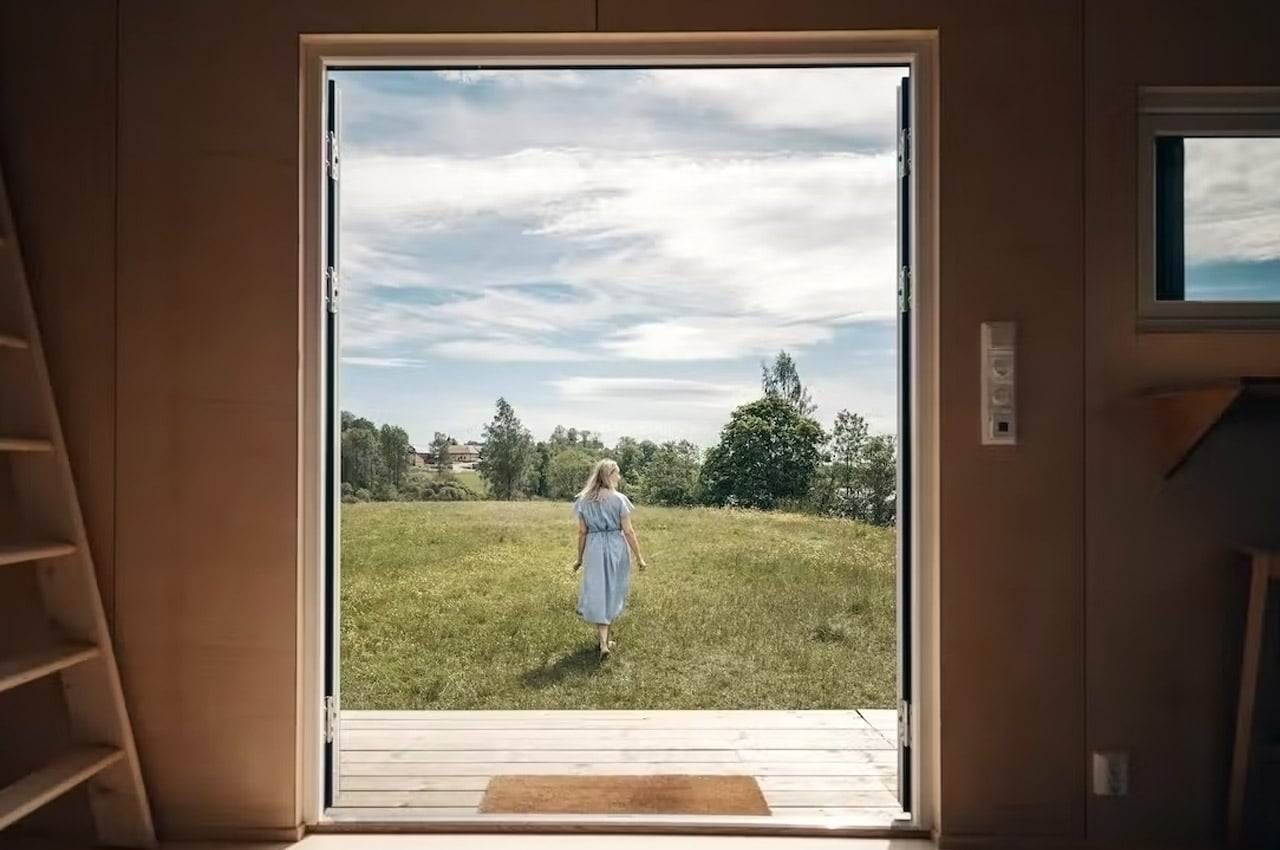 Happy end of May! We are in the back stretch of Spring and heading towards Summer. Sunshine and nice weather and flowers are everywhere. I used to say that June is the best month in Toronto — and it is — but May is a close contender with September as being the second best month. If you are coming to Toronto, any of those months are good ones for a visit.
Happy end of May! We are in the back stretch of Spring and heading towards Summer. Sunshine and nice weather and flowers are everywhere. I used to say that June is the best month in Toronto — and it is — but May is a close contender with September as being the second best month. If you are coming to Toronto, any of those months are good ones for a visit.
It’s interesting to look back on last May’s not a newsletter / ramblings and see what’s the same and what’s new. A year ago Canadian Mattea Roach was piling up the wins on Jeopardy. This year she is back and came so close to winning it all in Jeopardy’s Masters Tournament. Congrats to her!
Also last year, then Prince Charles opened Parliament on behalf of the Queen. Now with the passing of the Queen, he is Prince Charles no more. This month kicked off with his Coronation. Needless to say, there was some Royal family drama. And not everyone was keen on it. But overall it went without a hitch. The rich and famous and other royals were all in attendance. Naturally there was lots of coverage in places like the New York Times and the Guardian.
All and all, pretty posh. All that poshness had some journalists writing pieces on the worth of King Charles III, here and here. For all the talk about a slimmed down Monarchy, it seems like the King has money to spare.
The pandemic is going out with a whimper, rather than a bang. The WHO ended its designation of COVID as an emergency. Even Nova Scotia, that has been more vigilant than most, has ended weekly reporting. As for Ontario, I am still monitoring the weekly stats from the province, but the number of people in the hospital due to the disease is steadily decreasing. It’s both good and weird.
COVID-19 is still a threat. People are still dying of it and getting sick. People are suffering from long COVID. And people are still wearing masks somewhat. (Note: yes, this is a good thing, because, duh, updated evidence suggests that masks may be associated with a reduction in risk for SARS CoV 2 infection. Also water is wet.)
If you still want to keep on top of the disease, the New York Times and the Toronto Star are still tracking things. And me! I post numbers weekly on twitter, for now.
This week I wrote about remote work, which has been a big thing that resulted from the pandemic, as we all now. As a result of this shift from offices to homes, there are now so many pieces fretting about “what is going to happen to all that commercial real estate?”, no doubt generated by people with an interest in said real estate. It’s funny, no one seemed too concerned about mall real estate when it was crashing. I suspect people with office buildings should look to that as to their future. And that future is not all that bad. Case in point, here’s a story of how this toronto mall is transforming a former sears into an east asian food destination.
Commercial real estate is not the only thing that took a hit because of the pandemic. So did companies banking on people staying at home. Shopify is one such company.
But you know who did benefit from this shift? Workers. As this piece shows, working from home gave canadians a big pay raise. If anything, that has helped most people deal with inflation, which is like a bad house guest who just can’t take the hint and go away.
One thing that has changed for the worse these days is social media. Elon Musk continues to generate case study after case study on how NOT to run a media company. So we have his less than brilliant idea on how to monitize twitter blue checkmarks. His failure in making twitter a place of free speech (elon musk tech bosses are letting dictators censor what americans see). And, well honestly it’s just tiring to relate what a colossal failure he’s been. If you are still interested, here’s a good run down.
Now Musk has cratored Twitter. But other social media is doing poorly too. It seems like Meta is doing massive layoffs every month now (see here and meta here). Remember Clubhouse? Probably don’t. Which is why they are also doing massive layoffs. Substack? Not great. People are already Over Being Real. As for Mastodon, I suspect people are still trying to determine how make mastodon account and join fediverse.
What about BlueSky, you plead. I mean sure, I guess, if you want to do “skeets” or whatever they are called. If you must know more, you can read this or this. Remember, it’s run by Jack Dorsey, so that may be all you need to know.
I was chatting with someone on Twitter about this and I thought that maybe the “golden age” of social media is over. Clearly the IT crowd and the VCs have moved on to making AI companies. Remember, Twitter itself was always a niche: it has less users than Pinterest for gawd sake! 🙂 Young people today are too busy making TikToks to care about some old fashioned global texting service. Friendster and MySpace all withered away: perhaps Twitter and Facebook will do the same. Might be for the best.
As for me I will still be here at my blog, blogging away, recording the times and my thoughts on it. No matter how many or how few read it. Because this has become my mantra:
I recommend you consider doing the same. Plant that garden, paint that painting, knit that scarf. None of it really matters, and yet it can matter a great deal.
For those of you still reading, thank you! I appreciate you doing so. Now go outside and enjoy those lilacs that come every spring.









 Is this interview of
Is this interview of










 When we talk about the Poor in 2023, we speak of the Homeless. In some but not all ways, this makes sense. Anyone without a home is by default poor (unless you are very rich). And it makes sense that tackling homelessness is the best way to tackle the problems that poor people have. But it’s not enough to stop at homes: we need to treat poverty as a concurrent disorder.
When we talk about the Poor in 2023, we speak of the Homeless. In some but not all ways, this makes sense. Anyone without a home is by default poor (unless you are very rich). And it makes sense that tackling homelessness is the best way to tackle the problems that poor people have. But it’s not enough to stop at homes: we need to treat poverty as a concurrent disorder.






 I’ve
I’ve 





